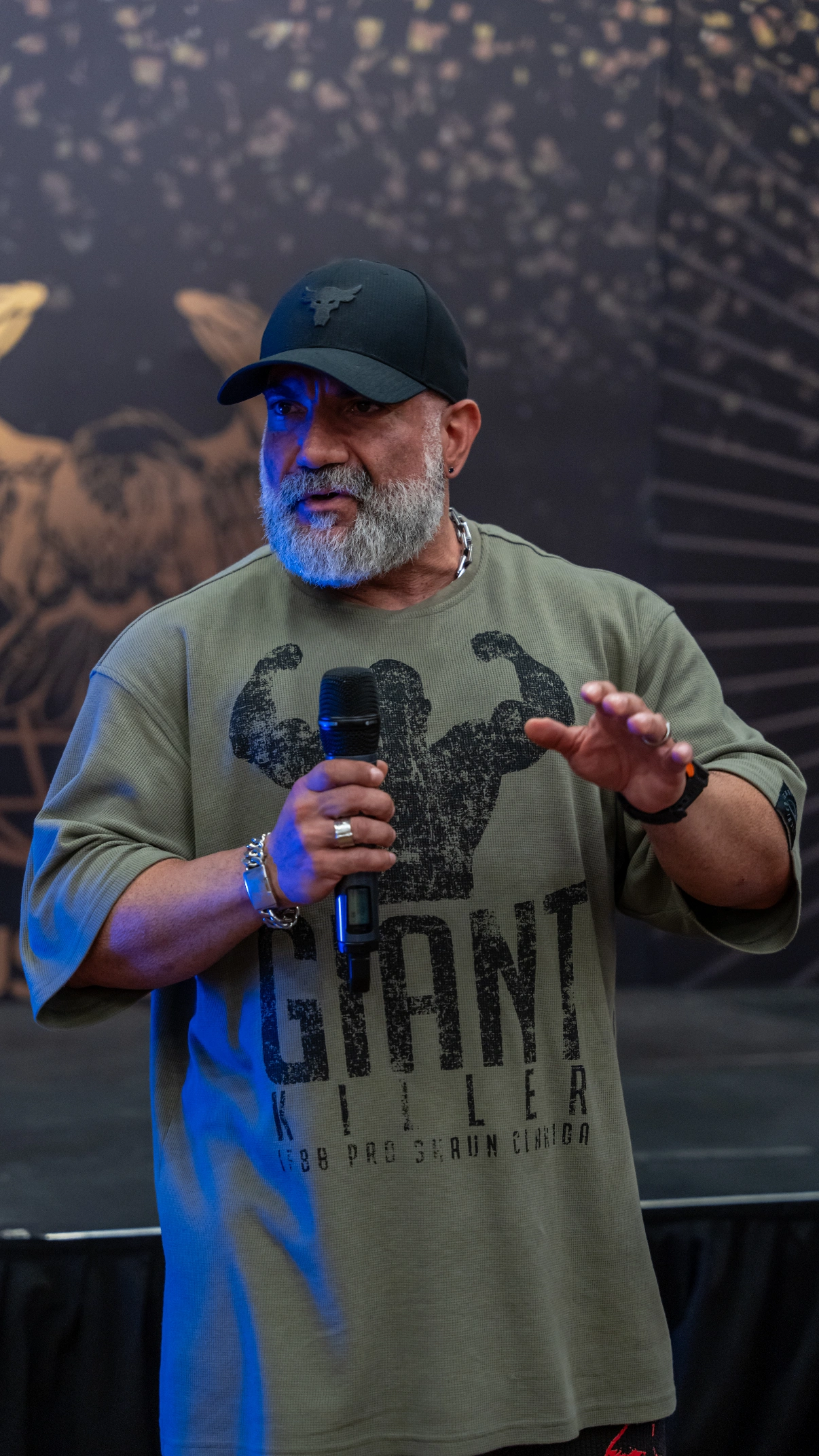Belonging to the IFBB Pro League Category or Just Filling the Stage?
- vucuthocasi

- Jun 23
- 4 min read

The Classic Physique Confusion and Perception Manipulation on the IFBB Pro League Stage
By IFBB PRO COACH CAN ÜNAL
Coach | Promoter | System Architect | Stage Mentor
About the Author
IFBB PRO COACH CAN ÜNAL is one of the most experienced and respected coaches in Turkey and Europe, having promoted dozens of athletes to the IFBB Pro stage. He is not only a coach who prepares athletes but also a system builder, competition manager, and a mentor who deeply understands and guides the structural standards of each division.
With extensive experience both on and behind the stage, Ünal has participated in numerous competitions, possessing deep insight into athlete selection, judging strategies, and structural conformity. His philosophy doesn’t merely aim for a competitor to “look good” but to build a sustainable career in the correct category.
Throughout his career, he has analyzed hundreds of competitors across Open Bodybuilding, Men’s Physique, and Classic Physique. He has witnessed firsthand how misguidance leads to lost potential and unsustainable victories.
This article is not just a technical breakdown—it is the strategic truth behind the stage.
📧 canunal@ifbbprocoach.com🌐 www.ifbbprocoach.com
Introduction: Who Takes the Stage, and Who Truly Wins?
The IFBB Pro League stage is not just about rewarding the “best”—it must reward the most category-accurate physique. Yet particularly in European IFBB Pro League competitions, we are increasingly seeing physiques without clear category identity appearing on Classic Physique stages—and even winning.
Some competitors come down from Open Bodybuilding by cutting weight, others move up from Men’s Physique by swapping board shorts for trunks. But many of these athletes, structurally and aesthetically, don’t belong in Classic Physique.
They may fill the stage, but they empty the category of its meaning.
What Is Classic Physique, and What Does It Represent?
Classic Physique cannot be defined by height-weight ratios alone. This category demands:
A proportionate waist-to-shoulder line,
Balanced upper and lower body structure,
Flowing, aesthetic muscle lines,
Elegant yet powerful stage presence,
Controlled, old-school posing techniques.
However, in many contests, we often see physiques that appear dryer, bigger, and more vascular dominate the stage and even win—despite being far outside the aesthetic and structural essence of Classic Physique.
Filling a Category vs. Representing It
Who Does Not Belong But Still Competes?
Athletes who have dropped weight from Open Bodybuilding but remain structurally wide and blocky,
Former Men’s Physique competitors who still carry that “board short physique” but now wear trunks,
Competitors lacking the correct waist-shoulder balance but relying on extreme conditioning to deceive.
Who Truly Represents Classic Physique?
Athletes with anatomical and aesthetic symmetry,
Balanced top-to-bottom muscle development,
Posing that reflects Classic ideals,
Dry yet full physiques,
Muscular but elegant presentation.
Why Are Ill-Fitting Physiques Being Rewarded?
1. Lack of Category-Accurate Competitors on Stage
Judges may have no choice but to reward the most visually dominant physique when there are no true Classic builds present. This becomes a decision of dominance, not category compliance.
2. Conditioning Tricks the Eye
Dry, vascular physiques with zero subcutaneous water often leave a strong impression—even when they are not Classic. This is not a victory of category; it is a victory of conditioning.
3. Social Media Pressure & Organizational Influence
Some organizers prefer “bigger, harder” physiques for promotional impact. This pushes judges to reward impressive physiques over appropriate ones, resulting in wins based on superficial impact rather than true category standards.
The Reality Check: One Week a Champion, the Next Week 12th Place
In mid-to-upper-level shows like Ayvpolik, a competitor may win based on dominance or appearance. However, when these same athletes face true Classic Physique competitors at global shows, they often drop dramatically in rankings.
Because on those stages:
The waist-to-shoulder ratio is refined,
Muscle lines are aesthetically displayed,
Top and bottom halves are in harmony,
Posing is category-specific and classic.
There, the one who truly belongs wins—not the one who simply looks intense.
Where Do the Mistakes Lie? Coach, Athlete, or Judges?
Coach's Mistake:
Pushing an athlete into a category just to get them on stage. The “Let him just compete” mindset is harmful.
Athlete's Mistake:
Entering a category without understanding one’s own genetic structure—seeking short-term success without long-term sustainability.
Judges' Mistake:
Evaluating based on the day’s lineup, not the division’s true standards. Though to be fair, it’s hard to reward a structurally correct physique that is not conditioned enough—leading to unfortunate compromises.
Conclusion: Representing Structure Is More Valuable Than Just Filling the Stage
You might be dry. You might be muscular. But if your physique does not belong to the category, the stage offers only temporary validation.
True victory in Classic Physique comes when your build, your lines, and your presentation align with the division’s elegance and spirit.
Classic Physique is where the grace of the past meets the detail of the present. No matter how big or dry a physique may be—if it lacks that grace, it is not Classic.
.png)



Comments